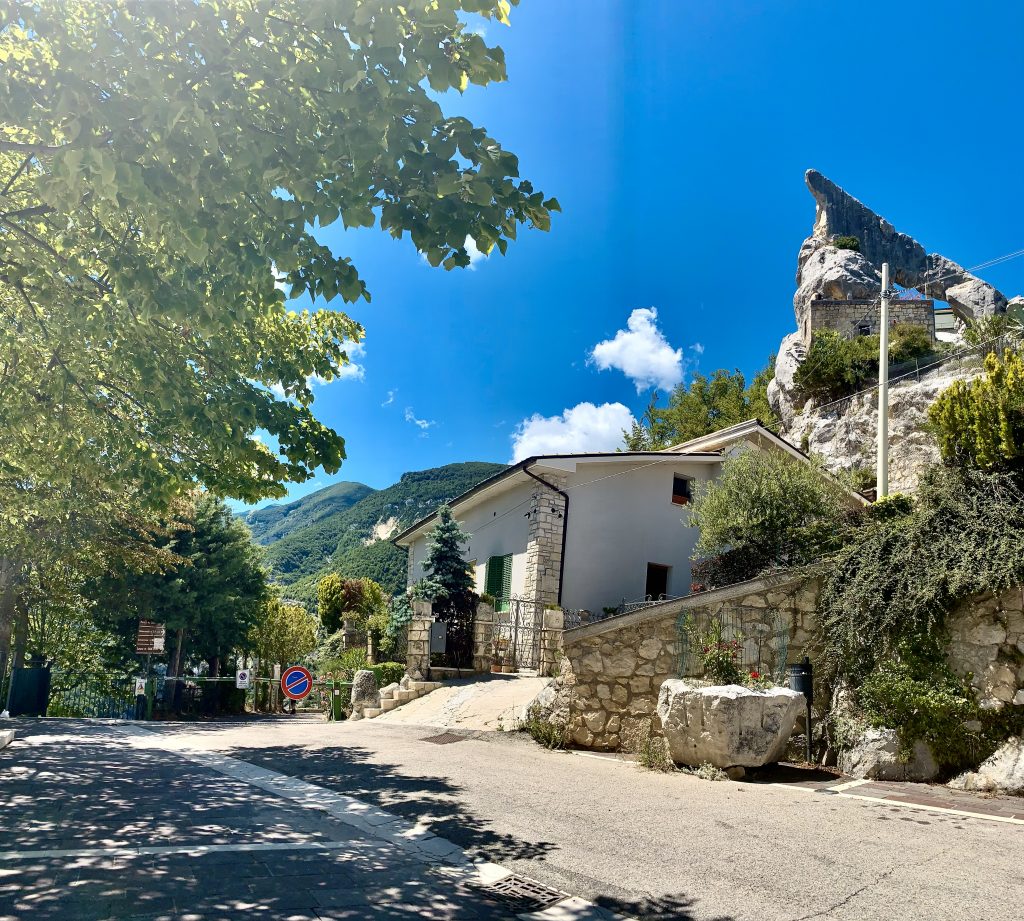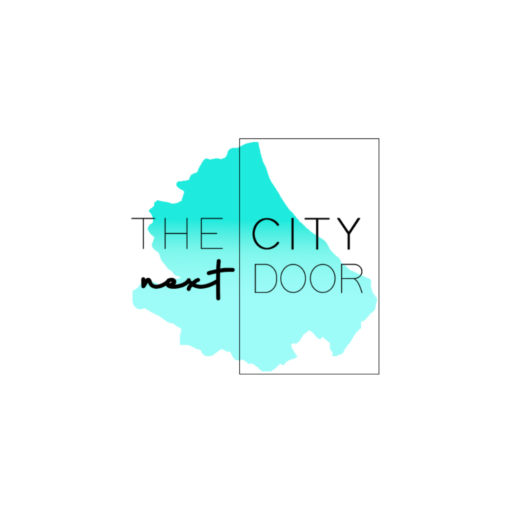9 of the most charming streets in Abruzzo (part I)
August 07, 2020
Travelling through pictures is one of our favourite things to do. Just one little detail or a clear sky can make you feel some type of way, the start of a new adventure.
We always listen to our readers and we know you loved our latest post “9 Pictures that will make you fall in love with Abruzzo” so we decided to do a second part!
This time we want to make you feel like you are walking through some of the most charming streets of Abruzzo, just taking in all the beauty, purity and heart of The City Next Door.
Calascio - Aquila
Caslacio is a small town located within the territory of the Gran Sasso e Monti della Laga national park. The main attraction of the town is without any doubt the Fortress of Rocca Calascio, included by National Geographic on the list of the “15 Most Beautiful Castles in the World”. But before you reach the 1.460 m.a.s.l. where the castle is located, take your time to explore this lovely town and its colourful “vicoli” (alleys).
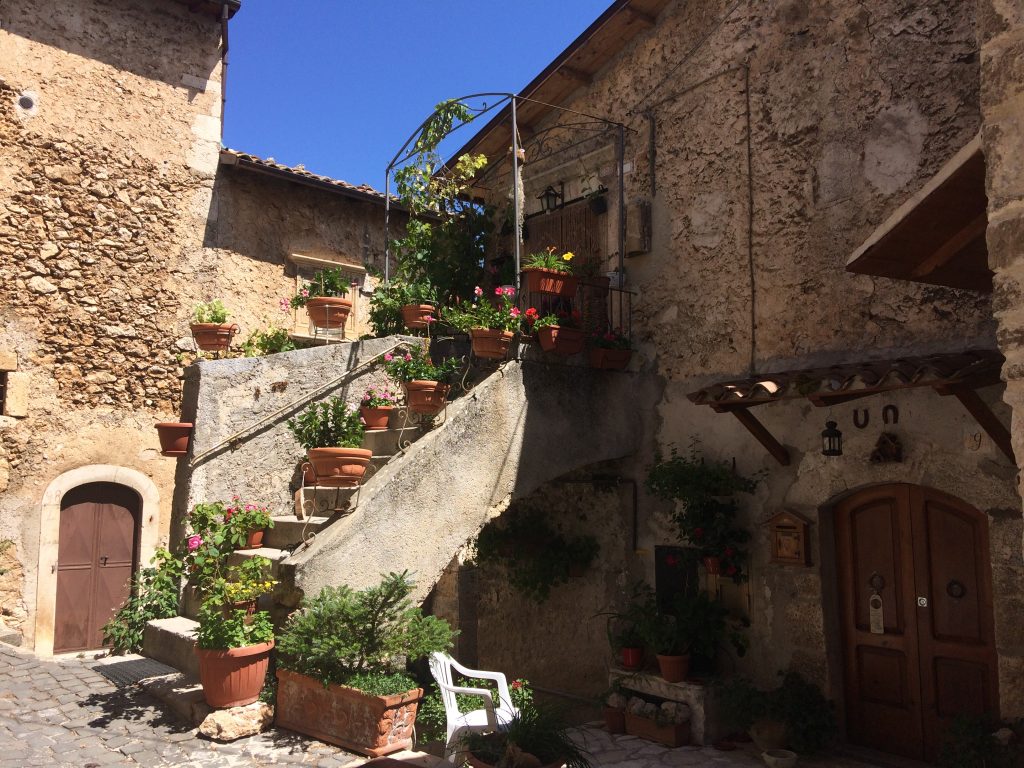
Corso Trento e Trieste - San Vito Chietino
The Corso Trento e Trieste is one of the most beautiful streets in San Vito Chietino. No cars are allowed turning this space the ideal place to spend time with family, friends and partners. A few metres further, it’s possible to admire the Costa dei Trabocchi from the Belvedere Guglielmo Marconi.
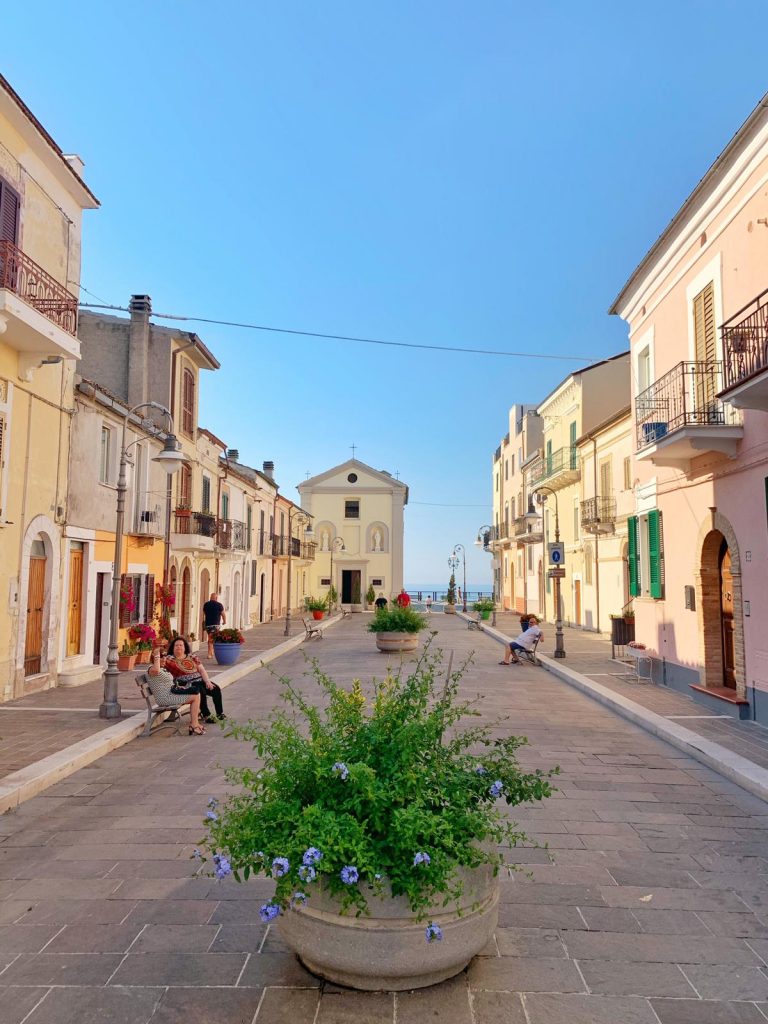
Porta San Giovanni - Guardiagrele
The town of Guardiagrele is also known as “La porta della majella” (The Maiella gate) because of its proximity to the mother mountain, La Majella or “La città di Pietra” (“The Stone City”) as the poet Gabriele D’Annunzio defined it on his novel The Triumph of the Death.
The truth is Guardiagrele belongs to the exclusive club of the “I borghi più belli d’Italia” (The most Beautiful Towns in Italy) and it’s a must to visit if you are in Abruzzo. You wouldn’t like to miss the glorious Sise delle Monache a famous dessert in the town, and the icon of village Porta San Giovanni (San Giovanni Gate) rebuilt in 1841.

Strada del Macello - San Vito Chietino
Not only the Corso Trento e Trieste, the belvedere Guglielmo Marconi or the beach are worth a visit in San Vito Chietino. This town is a gem right in the heart of the Costa of the Trabocchi and is plenty of colourful streets like the one you see in the picture, Strada del Macello.
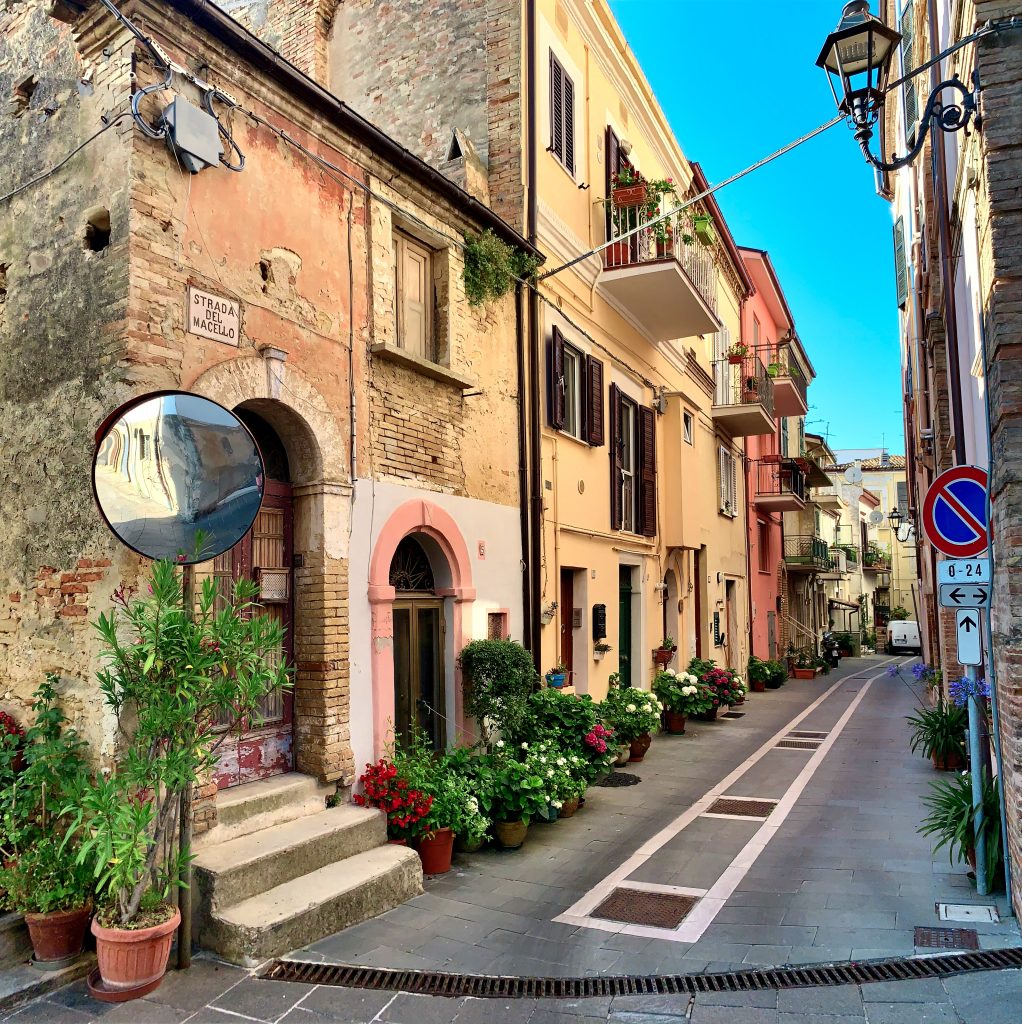
Basilica Concattedrale di Santa Maria Assunta
Atri is one of the few art cities in Abruzzo and is also known as the “Regina delle Colline” (“The queen of the Hills”) because of its location. From the terrace, not too far away from the cathedral, it’s possible to have a panoramic view of the region, countryside and sea just in one spot!
The “basilica” is one of the main attractions of the town. It represents the main expression of the Abruzzese Renaissance. In fact, inside it’s possible to admire the “Cori dei Canonici” from Andrea di Litio, a true piece of art. (Many would say is the Abruzzese version of the Sistine Chapel).
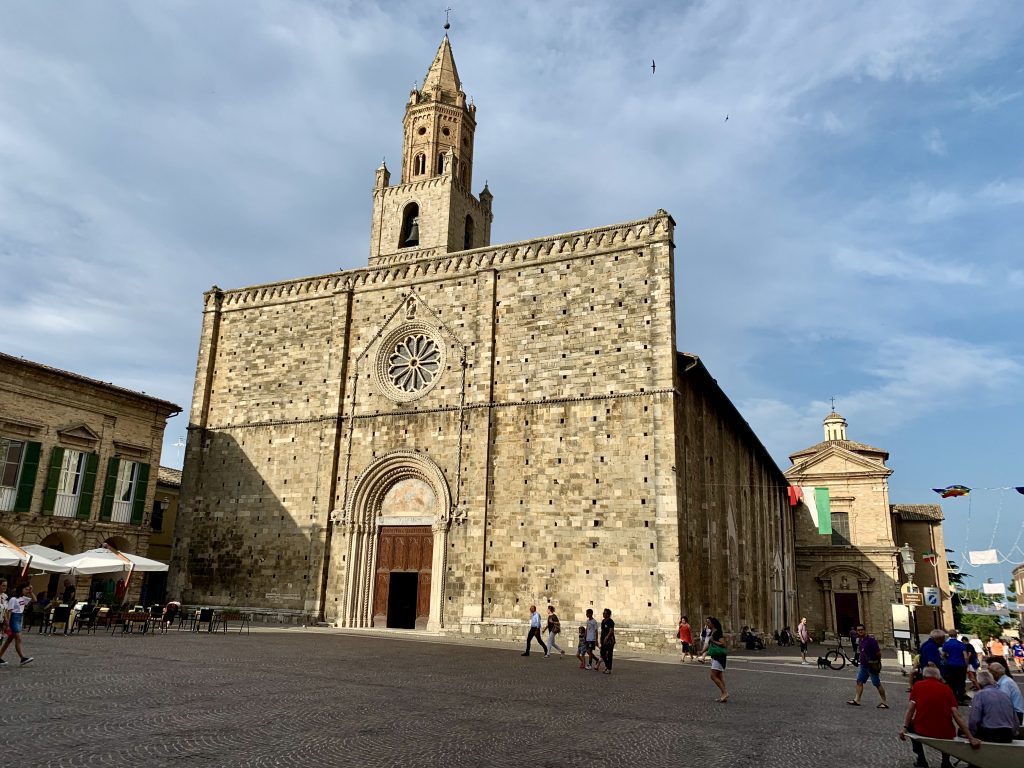
Rocca San Giovanni
Rocca San Giovanni, seems to be just another town in Abruzzo, but it’s much more than that! This town belongs to the “I borghi più Belli d’Italia” (The most Beautiful Towns in Italy”) and you may wonder why. Well, its location, between hills and the Costa dei Trabocci, makes of this place the perfect spot to disconnect from everything. The calm streets and traditional facades make you feel like the time it’s not passing in this lovely town.
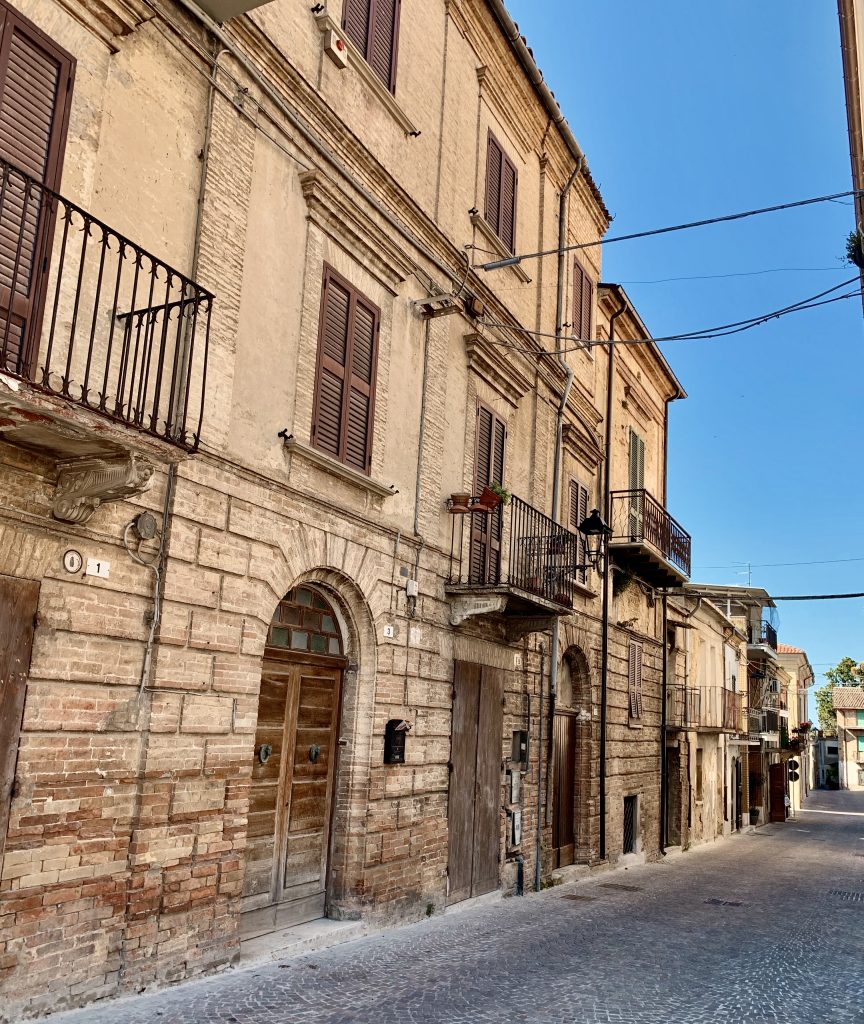
Via Gennaro Ravizza - Chieti
Chieti is not only one of the oldest cities in Italy but also, is one of the few art cities of Abruzzo, along with Atri and Guardiagrele one of the four main cities in the region, Chieti because of its position, offers stunning views of the countryside Abruzzese. This city is plenty of streets like the “Via Gennaro Ravizza” right in the heart of the “Borgo Antico”.
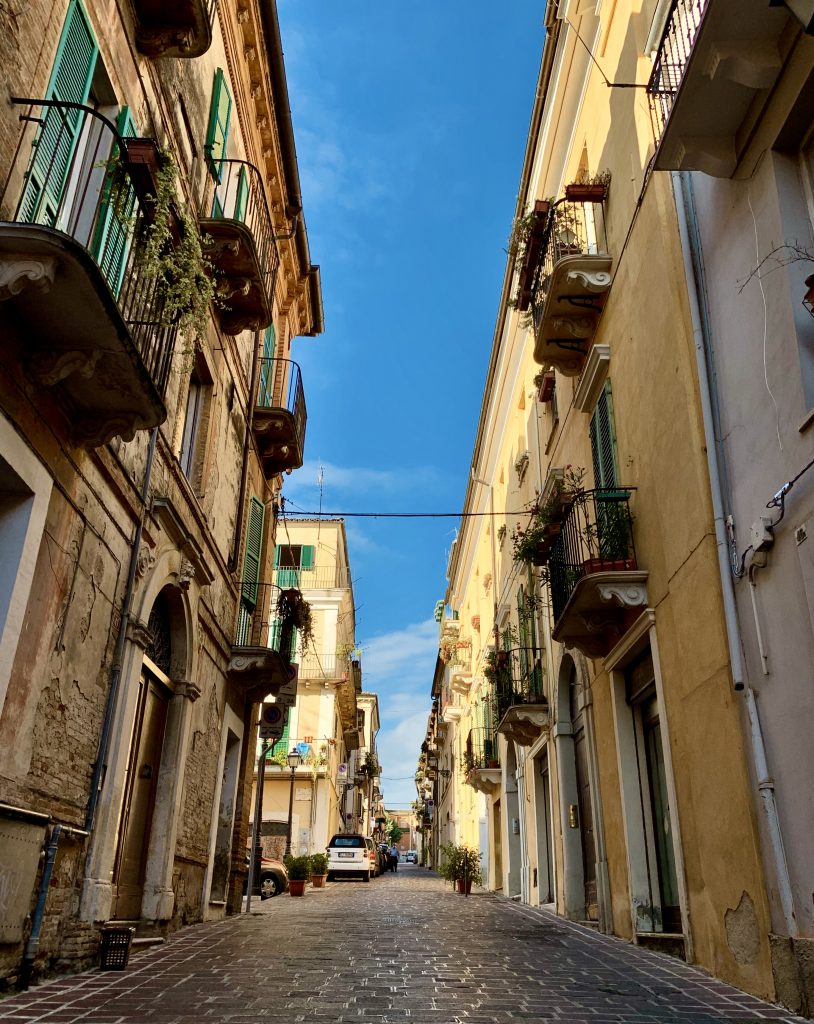
Sentiero delle Gobbe di Selvaromana - Balzolo
Just a few metres from the Roccia della Dea Maja (The Stone of the Goddess Maja), you will find what we believe is one of the purest and contamination-free places in the whole region: La Valle dell’Avello (The Avello Valley”). The sentiero will lead you to the location called Monte Cavallo and the duration of the trekking path is six hours.
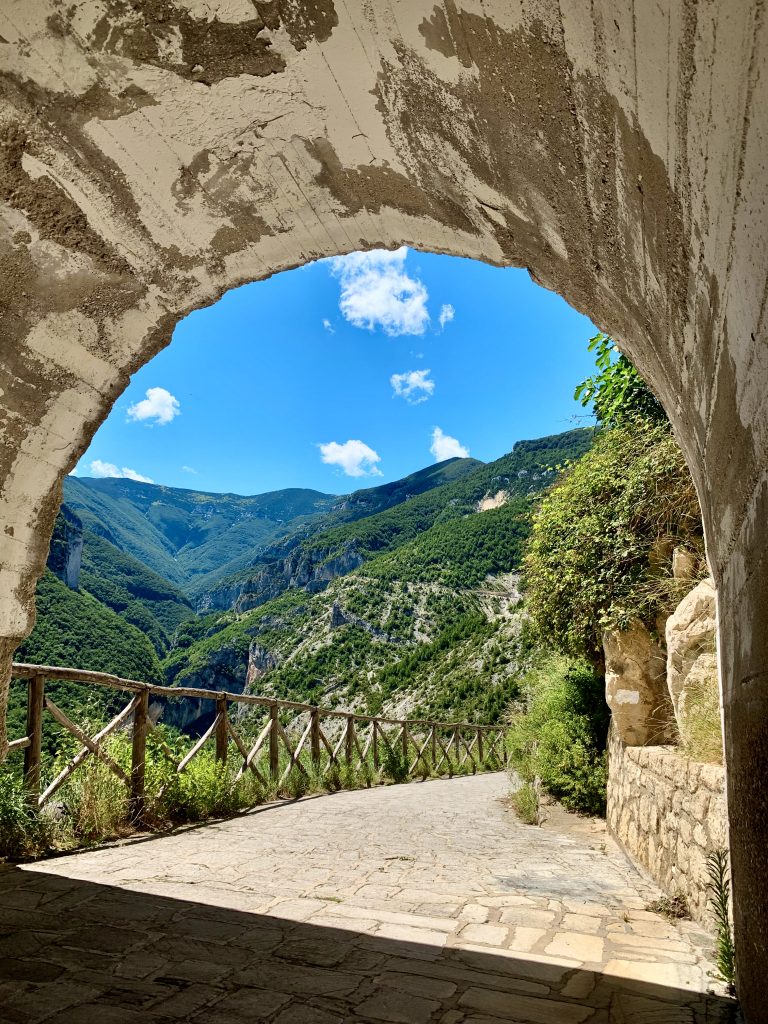
Roccia della Dea Maja - Balzolo
La Roccia della Dea Maja (The Stone of the Goddess Maja), is considered to be the genesis of the mother mountain of Abruzzo, “La Majella” (the stone you see in the top right of the picture).
According to the legend, “Maja”, the most beautiful nymph daughter of Atlas and Pleione, came to this mountain to find the cure for his son with Zeus, Hermes, also known as “The Giant”, deadly wounded in a battle. Maja wasn’t able to find the cure and Hermes died. For several days Maja kept watching Hermes’s grave, remaining forever “petrified”.
